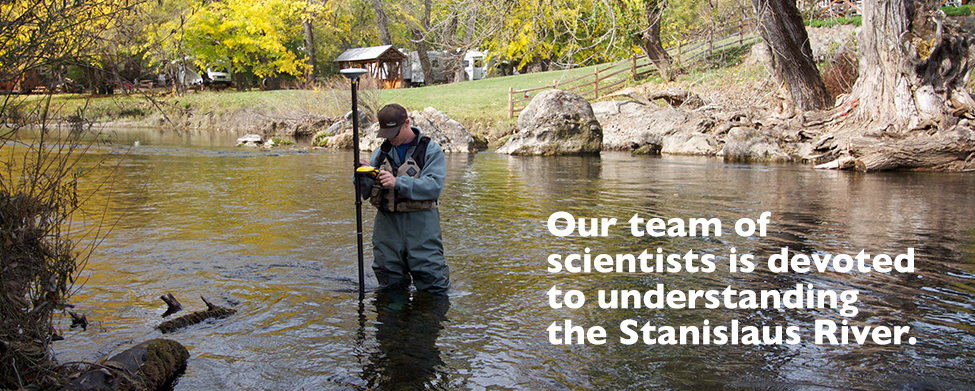
Since 1993, the South San Joaquin and Oakdale irrigation districts and the Tri-Dam Project have jointly funded the work of FISHBIO, one of the world’s leading fisheries research, monitoring and habitat restoration organizations. It has an office in Oakdale staffed with scientists, engineers and technicians devoted to understanding the Stanislaus River and the fish who live in it.
FishBIO has produced more objective research and scientific data about the Stanislaus River than all state and federal agencies combined. Its goal is to find solutions to natural resource management challenges using sound science and effective communication.

On the Stanislaus, it has found:
- The river has been irreversibly changed since the beginning of the Gold Rush era
- Unscientifically supported pulse flows in the winter, spring and fall waste water and do nothing to improve salmon and steelhead populations
- Predation is the No. 1 cause of mortality of young salmon and steelhead trout in the Stanislaus River basin. An estimated 95% of young fish are eaten by non-native predators before they reach the ocean.
- Population counts conducted throughout the year suggest that the Stanislaus River currently has enough habitat to support about 2,500 female salmon and approximately 1.5 million juvenile salmon. Similar data suggest there are 10,000-20,000 resident rainbow trout, which produce a few hundred to a few thousand young fish each year. Some of those evolve into steelhead trout, which migrate to the ocean and occasionally return to the river to spawn.
- Habitat, hydropower, hatcheries and harvest. The government routinely focuses only on water operations (hydro) while ignoring the other issues.
- The most effective way to produce more salmon and trout in the Stanislaus River is through improvements to spawning and juvenile-rearing habitat. Reducing predation and better managing water flows throughout the year also are important ingredients to increasing the number of fish.
